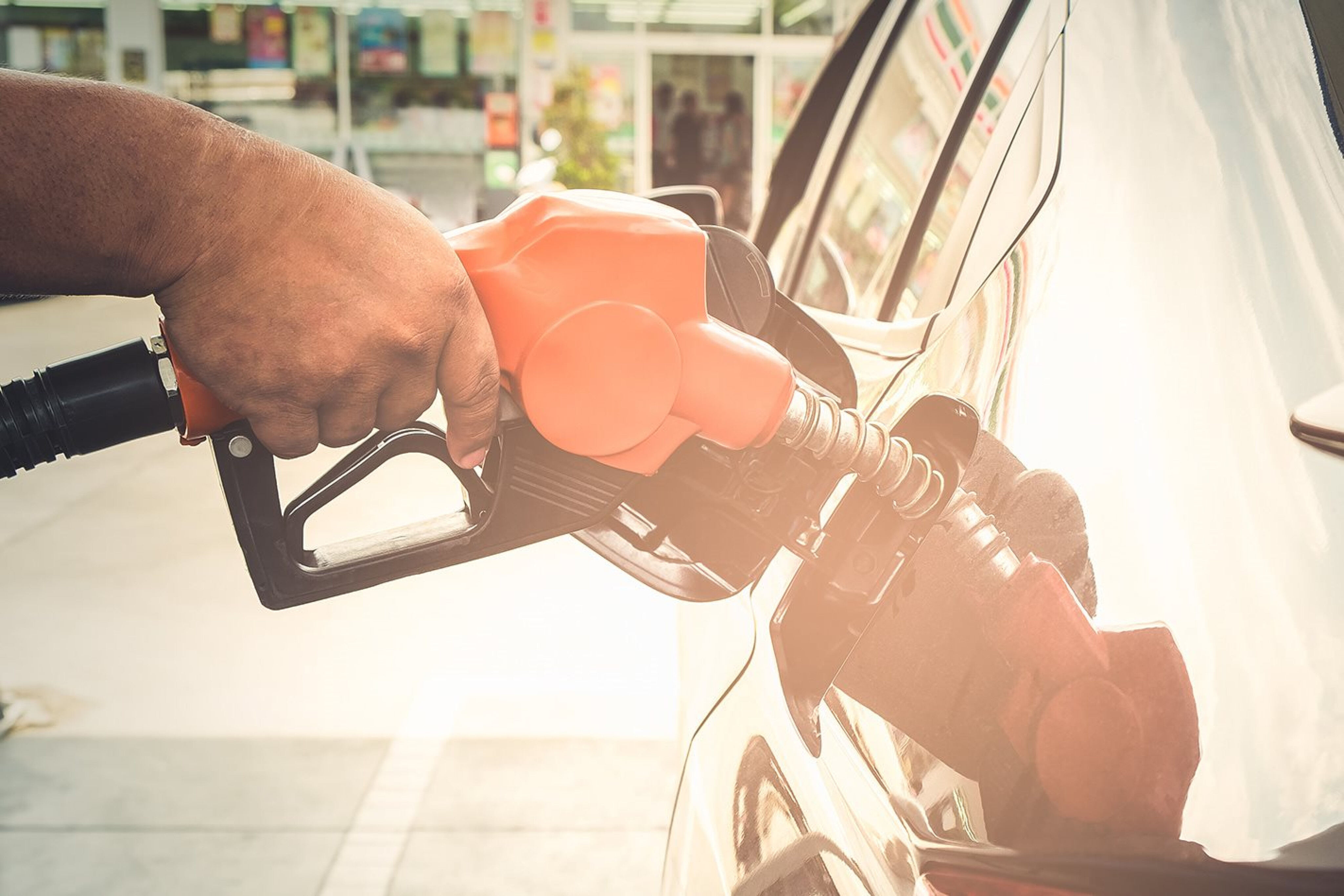
Navigating Australia's fuel tax: What you need to know
First, what is the fuel excise?
It's a tax. That much you probably know. Australia's fuel excise is a flat sales tax imposed by the federal government on petrol and diesel, currently set at 48.8 cents per litre.
This rate is adjusted biannually in February and August in line with inflation, and it's separate from the GST.
Fuel excise, unlike vehicle registration and driver's licence fees, is collected by the federal government and contributes to general revenue.
Does the fuel excise pay for road construction and maintenance?
Although many Australian motorists believe the fuel excise exists entirely to fund and care for our roads, the specific direction of fuel excise revenue towards roads funding ceased in 1992.
Since then, it has had "only a minor link" with the development and maintenance of Australia's transport infrastructure.
On average, 53.7 per cent of fuel excise revenue collected by the Treasury is put towards road and transport projects – not exactly a minor link, but only barely a majority – with the 2020-21 financial year marking the largest percentage (69.9 per cent) of fuel excise reinvested in roads in the last decade.
In 2022, the Australian Automobile Association called for the fuel excise to be returned to its earlier role as a purely roads-focused revenue – but it made no suggestions for how other public services partially funded by the fuel excise, such as healthcare and education, should be handled.
Do all motorists pay the fuel excise?
Every Australian motorist who buys petrol and diesel at the bowser pays this excise, as it is built into the price paid at the counter.
Meanwhile, heavy vehicle owners like those operating buses, trucks, and coaches on public roads, pay a Road User Charge for each litre of diesel purchased.
Fuel excise: the EV factor
The rise of electric cars, which don't use liquid fuels and are exempt from fuel excise, presents a challenge to this traditional revenue model.
As EV adoption increases, the amount of fuel excise collected could decrease, prompting a potential review of infrastructure funding methods.
Some Australian states had proposed a road tax for EV owners, but only Victoria's Labor government ever officially launched such a system. It was quickly panned by industry groups and even the Coalition government, before finally being ruled unconstitutional by the Australian High Court in 2023. The Victorian government will now refund $7 million in fees to affected EV owners.
When, or if, Australia ever reaches a majority of cars being electric rather than combustion-engined, it's likely the government will return to the idea of a road user charge in place of the fuel excise – or else find another tax to ensure it does not lose the massive revenue currently taken by the existing fuel excise.
Are EV drivers getting a free ride on Australia's roads then?
Not quite. EVs are generally more expensive to buy when compared to equivalent cars in the petrol and diesel space, so they attract more fees through government taxes at the time of purchase.
As an example, a previous-gen $38,000 petrol Hyundai Kona bought new in NSW would incur around $1600 in stamp duty and registration, while the $58,000 electric version would be hit 63% harder with $2651 in fees.
And, when charging an EV from the grid, electricity attracts 10% GST. The amount an EV owner contributes also differs by state, with Victoria charging $0.026/km.
Put all of that together, and a petrol car that uses 8.0L/100km of fuel costs around one cent per kilometre more in excise than an EV, which works out to $0.035/km in Victoria.
So how much revenue does the fuel excise produce?
The last estimate, covering the financial year 2022-23, suggested Australian motorists would contribute over $13.7 billion in net fuel excise, with an expected total of $60.1 billion over four years.
On average, a typical household will see a fuel excise bill of approximately $1,210 this year. As vehicles become more fuel-efficient and zero-emission technologies gain traction, the amount of fuel excise collected has been decreasing.
The fuel excise was briefly halved, between March and September 2022, to help Australians deal with rising living costs during the COVID pandemic. The newly elected Labor government elected to not extend the cut any further, and it was returned to the full amount in late September 2022.
Figures published a month earlier, in August, showed the excise cut hadn't done much to help ease living costs.
🔽 It's been a hard road for motorists in recent years, with petrol prices increasing faster than the consumer price index (CPI) over the past 10 years.
Fuel excise in other countries
The numbers below have been converted to Australian currency and, where appropriate, from gallons to litres.
European Union Fuel Excise Rates (2023)
- Highest Gas Tax: Netherlands at approximately AUD 1.37 per litre.
- Second-Highest Gas Tax: Italy at approximately AUD 1.28 per litre.
- Lowest Gas Tax: Hungary at approximately AUD 0.52 per litre.
- EU Average for Gas: Approximately AUD 0.93 per litre.
- EU Average for Diesel: Approximately AUD 0.74 per litre.
Fuel Taxes in Select Non-EU Countries (2023)
- United Kingdom: Gasoline approx. AUD 1.48 per litre, Diesel approx. AUD 1.44 per litre.
- Turkey: Gasoline approx. AUD 1.41 per litre, Diesel approx. AUD 0.95 per litre.
- Switzerland: Gasoline approx. AUD 1.27 per litre, Diesel approx. AUD 1.28 per litre.
- Norway: Gasoline approx. AUD 1.20 per litre, Diesel approx. AUD 0.89 per litre.
- Canada: Gasoline approx. AUD 0.55 per litre, Diesel approx. AUD 0.16 per litre.
- United States: Gasoline approx. AUD 0.13 per litre, Diesel approx. AUD 0.05 per litre.
- Russia: Gasoline approx. AUD 0.05 per litre, Diesel approx. AUD 0.04 per litre.


COMMENTS